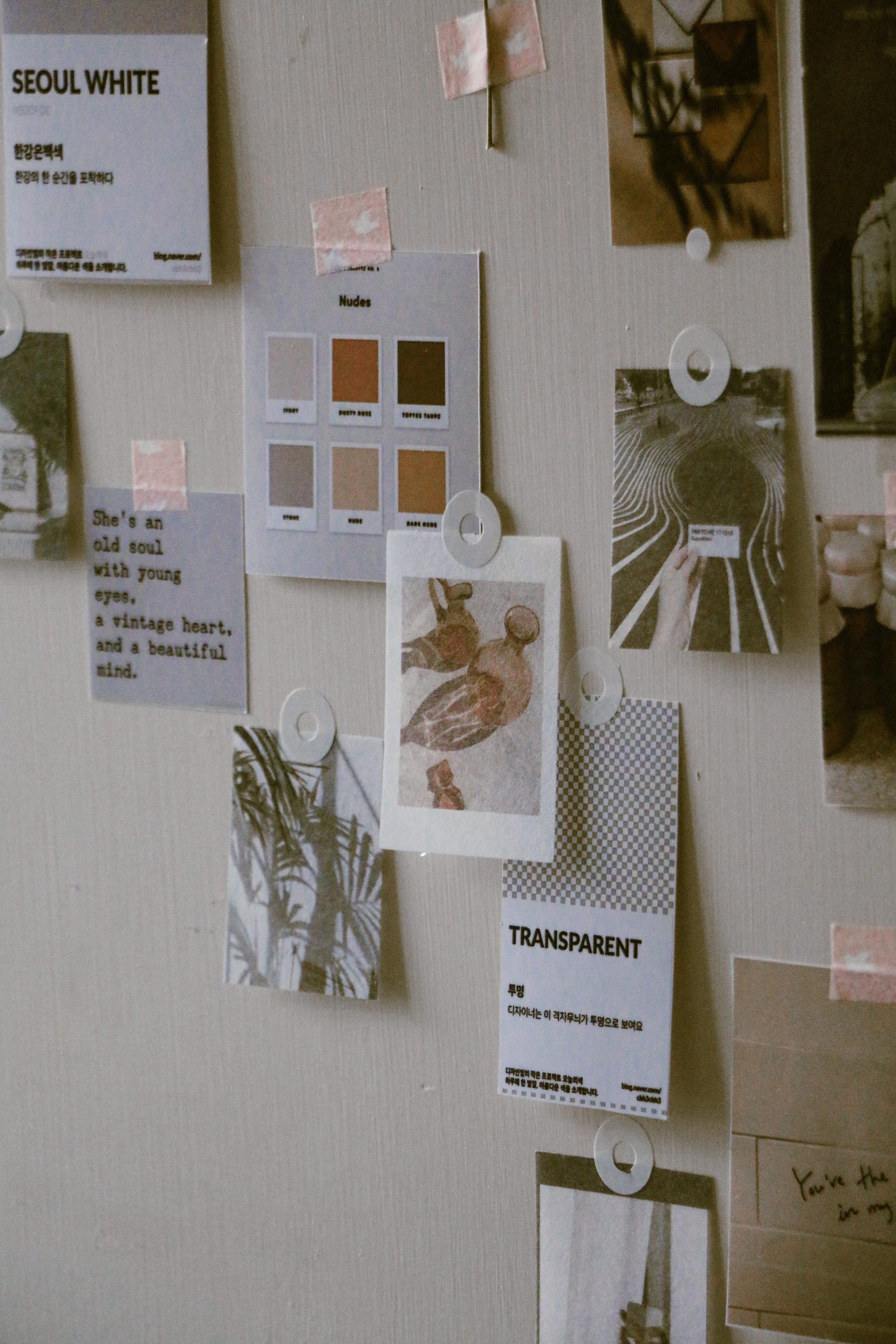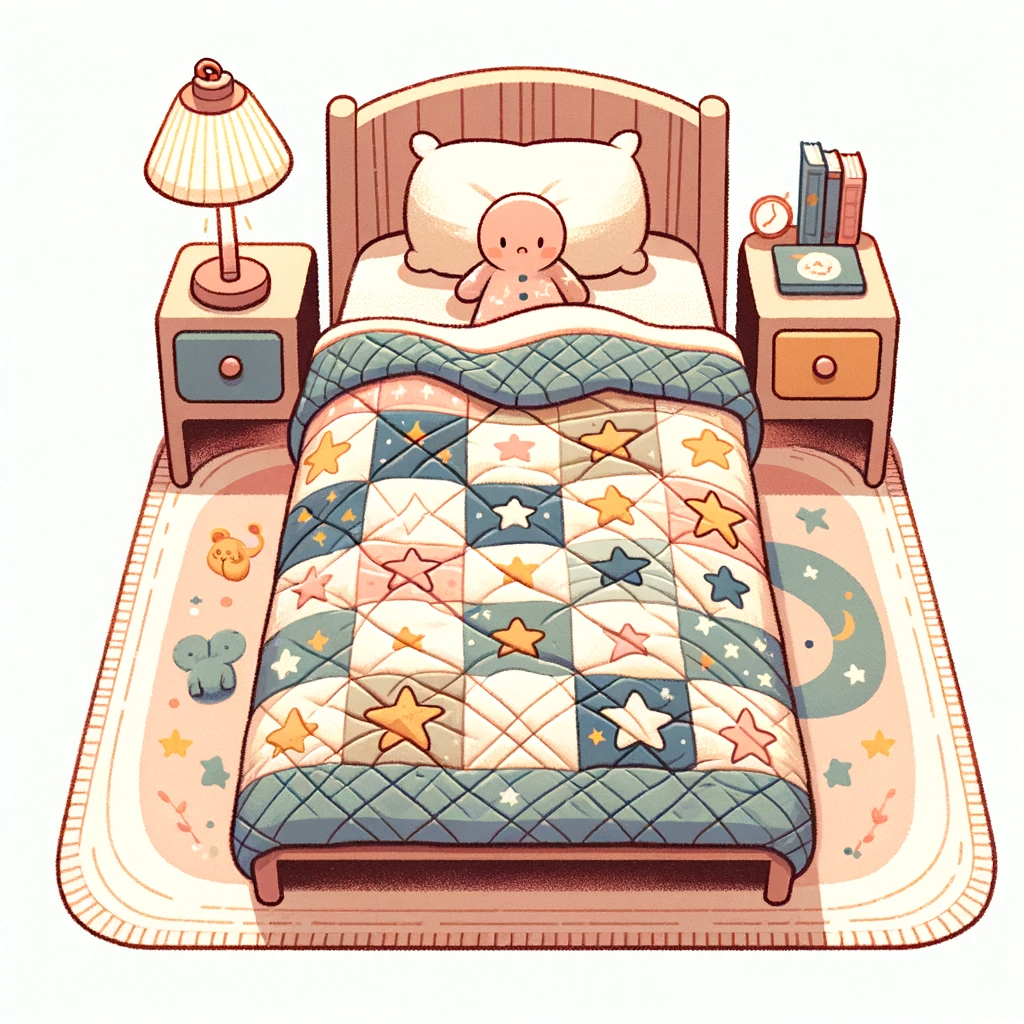Tips for Creating a Minimalist Home Decor Style

1. Clear Your Walls
Removing unnecessary wall art and decorations is a crucial step in achieving a minimalist home decor. Embracing negative space on the walls can create a clean, uncluttered look that enhances the overall aesthetic of the room.
Instead of cluttering your walls with multiple pieces, consider opting for a single statement piece that aligns with your minimalist vision and home design. This can draw attention without overwhelming the living room space and maintain an airy atmosphere.
By decluttering your walls, you allow for more focus on other design elements such as clean lines and flat surfaces. This approach not only creates visual appeal but also contributes to an open and spacious feel within your living areas.
In modern minimalism, white walls are often favored for their ability to reflect light and create an illusion of larger spaces. Pairing these white walls with carefully chosen color decor items can further enhance the sense of openness in a room.
2. Edit Your Items
Regularly assess and declutter your decor pieces to maintain a minimalistic aesthetic with white walls and color. Keeping only essential decor items on display is crucial for achieving a clutter-free look in your home. Opt for multi-functional white decor items that serve more than one purpose, such as storage ottomans or decorative trays with practical uses.
Less is more. By intentionally selecting and displaying only the most meaningful white decor elements, you can create an environment that feels spacious and serene.
Consider conducting regular assessments of your decor items to determine if they still align with your vision for the space. If not, consider donating or selling these pieces to maintain a streamlined look.
Multi-functional decor pieces not only contribute to a clean and organized space but also serve practical purposes. For example, wall-mounted shelves can act as both decorative displays and storage solutions, reducing the need for additional furniture.
3. Utilize Recess Lighting
Recessed lighting offers a sleek and unobtrusive way to brighten up your living space. By installing recessed lights, you can achieve a minimalist look while maintaining adequate illumination throughout the room. These fixtures are also versatile, making them suitable for various areas within the home.
Dimmer switches play a crucial role in controlling the ambiance of a room with recessed lighting. They allow you to adjust the brightness according to different activities or moods, providing flexibility in creating the desired atmosphere.
Strategic placement of recessed lighting can be used to highlight specific areas or artwork, adding depth and visual interest to your living space. This technique not only serves a functional purpose but also contributes to the overall aesthetic appeal of your home decor.
4. Play With Texture
Incorporating different textures into minimal spaces adds visual interest and depth. By mixing smooth surfaces with textured elements, you can create a dynamic and inviting atmosphere within your home. Natural materials such as wood and stone not only contribute to a tactile appeal but also bring an organic warmth to the space.
When considering texture in minimal decor, it’s essential to strike a balance between various tactile elements. For instance, pairing a sleek leather sofa with a chunky knit throw or adding a woven rug to complement polished concrete floors can elevate the overall aesthetic of the room.
Opting for a neutral color palette while playing with textures allows for subtle variations that enhance the visual impact without overwhelming the space. This approach creates cohesion while still offering diversity in the look and feel of each piece within your home.
Wooden furniture pieces, whether raw or finished, add an earthy charm that complements minimalist design principles. The juxtaposition of smooth wooden surfaces against rougher ones like exposed brick walls or woven wall art can create compelling focal points in any room.
5. Let In Natural Light
Maximizing natural light in your home can significantly impact the ambiance and functionality of your space. By using sheer window treatments, such as curtains or blinds, you can allow ample sunlight to filter through while maintaining privacy. This not only brightens up the room but also creates an airy and open feel.
Arranging furniture strategically to enable light to flow freely through the space is crucial. Placing furniture away from windows or opting for transparent pieces helps prevent obstruction of natural light, ensuring that it reaches every corner of the room.
For spaces with limited access to conventional windows, consider incorporating skylights or light tubes into your design scheme. These features are excellent alternatives for introducing additional natural illumination into areas that may otherwise be dimly lit.
Incorporating these strategies into your home decor not only enhances the aesthetic appeal but also has practical benefits. Studies have shown that exposure to natural light can improve mood, productivity, and overall well-being. Maximizing natural light reduces reliance on artificial lighting sources, leading to energy savings and a more sustainable living environment.
6. Quality Over Quantity
Investing in high-quality, timeless decor pieces is crucial for creating a minimalistic yet sophisticated home ambiance. By opting for well-crafted furniture with clean lines and simple designs, you can achieve an elegant aesthetic while reducing visual clutter.
Prioritizing craftsmanship and durability over mass-produced items not only elevates the overall look of your living space but also contributes to sustainability. High-quality pieces are often made from sustainable materials, reducing environmental impact.
Quality decor pieces tend to last longer, saving you money in the long run as they require less frequent replacement compared to cheaper alternatives. These items often retain or increase their value over time, making them a wise investment.
For example, choosing a solid wood dining table crafted by skilled artisans may initially seem like a larger financial commitment than purchasing a mass-produced alternative. However, the longevity and enduring appeal of such a piece make it an excellent choice for those seeking to create an inviting yet uncluttered dining area.
Ultimately, embracing quality over quantity allows you to curate your living space with intentionality and purpose while reaping the benefits of long-lasting and aesthetically pleasing decor elements.
7. Focus on Function
Functionality is key. Select furniture and decor that serve a practical purpose, such as a coffee table with built-in storage or a sleek wall-mounted shelf that doubles as both storage and display space.
To maintain functionality, keep surfaces clear of unnecessary items. This not only contributes to the minimalist aesthetic but also ensures that each piece in the room serves its intended purpose without being overshadowed by clutter.
Effective organization is essential for achieving a functional and minimalistic living space. Utilize storage solutions like hidden cabinets, multifunctional ottomans with internal compartments, or wall hooks to keep everyday items out of sight while remaining easily accessible when needed.
For example, consider incorporating a stylish bench with under-seat storage in the entryway for stowing away shoes or using decorative baskets to contain remote controls and other small essentials in the living room.
8. Use Mirrors to Open Up Space
Mirrors are an excellent tool for creating the illusion of space and brightness in a room. Placing them strategically can help reflect natural light, making the area feel more open and airy.
Oversized mirrors can make a significant impact in small rooms by giving the impression of depth and expansiveness. They not only serve as functional decor but also contribute to visually expanding the available space.
Incorporating mirrored furniture is another effective way to add depth and openness to a room. Items such as mirrored coffee tables, dressers, or cabinets can create an illusion of negative space, contributing to a sense of balance in the overall design.
9. Invest in Dual-Purpose Furniture
Selecting furniture pieces that offer both storage and functionality is key to maximizing space in a minimalistic home. Look for convertible or expandable furniture options, such as coffee tables with built-in storage compartments or nesting tables that can be expanded when needed and tucked away when not in use.
Consider investing in ottomans with hidden storage to serve as both a footrest and a place to store items like extra throw blankets or magazines, thereby reducing clutter while adding practical seating options. Sofa beds provide an excellent dual-purpose solution for accommodating guests without the need for a separate guest room.
By choosing dual-purpose furniture, you not only optimize your living space but also contribute to the overall aesthetic of your home design by maintaining clean lines and uncluttered surfaces.
Incorporating multifunctional furniture pieces into your home design allows you to create a versatile living environment that adapts to your needs without compromising on style or comfort.
10. Declutter, Declutter, Declutter
Regularly purging unnecessary items from your living spaces is an essential step in achieving a minimalistic home decor. By decluttering, you create more space and reduce visual noise, promoting a sense of calm and organization.
Designated storage areas play a crucial role in maintaining a clutter-free environment. Utilize storage solutions such as decorative baskets, wall-mounted shelves, or multi-functional furniture with built-in drawers to keep items out of sight while still being easily accessible.
Adopting the “one in, one out” rule can help prevent the accumulation of excess belongings. For every new item brought into your home, consider removing an existing one. This practice not only helps control clutter but also encourages conscious consumption.
A study by Princeton University found that physical clutter competes for our attention and decreases performance and increases stress levels. Therefore, keeping your living spaces free from unnecessary items can significantly improve focus and overall well-being.
Frequently Asked Questions
How can I effectively utilize recess lighting in my minimal home decor?
Recessed lighting is a great way to maintain a clean, uncluttered look in your space. By installing these lights into the ceiling, you can illuminate the room without taking up physical space or disrupting the minimalist aesthetic.
What are some tips for playing with texture in minimal home decor?
Incorporating different textures like smooth wood, soft fabrics, and sleek metals adds depth and visual interest to a minimalist space. Consider using textured rugs, throw pillows, or wall art to create contrast while maintaining simplicity.
Why should I prioritize quality over quantity when decorating my home minimally?
Choosing high-quality items that serve both functional and aesthetic purposes will enhance the overall look of your space. Instead of cluttering your home with numerous low-quality pieces, invest in fewer well-made items that align with your minimalist vision.
How can mirrors help open up space in a minimal home decor setting?
Mirrors reflect light and create an illusion of more space, making them ideal for opening up smaller areas. Placing mirrors strategically can also add an elegant touch to your decor while maximizing natural light and creating a sense of airiness.
What are some practical ways to declutter effectively within a minimalistic approach to home decor?
To declutter successfully in a minimalist style, focus on keeping only essential items that contribute meaningfully to the functionality and aesthetics of your living environment. Regularly assess each item’s purpose and eliminate anything unnecessary or redundant.



